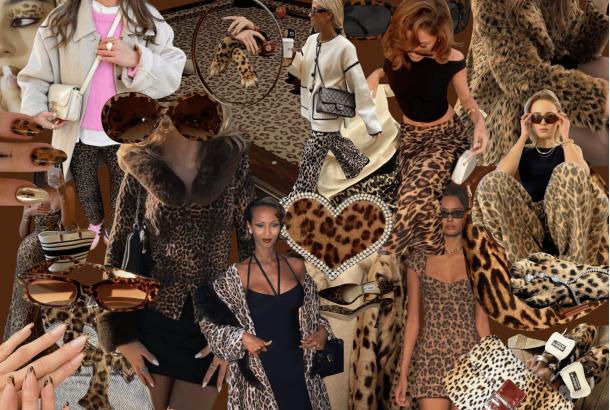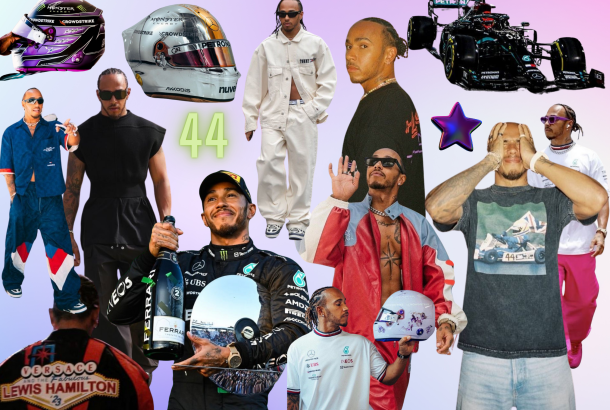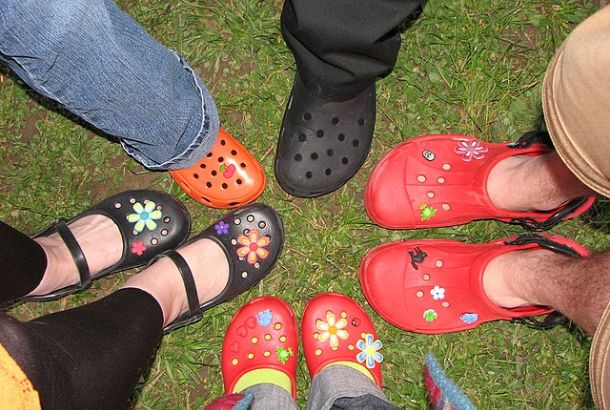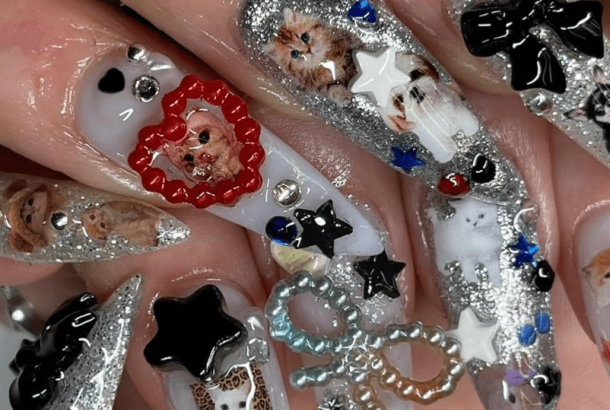Creative to Con Artist: An insight into concert merchandise

The earliest concert tee was reportedly made by an Elvis fan club in the late 1950s, illustrating just how rich tour merchandise history with over 70 years and counting. Concert merchandise was a way for artists to really connect with their fans by providing them with items of clothing to represent their favourite singers and bands. However, more often than not, tour merchandise is now nothing more than a quick cash grab for artists who are falling down the deep rabbit hole that is the fast-fashion industry.
One of my favourite things about attending concerts is not only seeing my favourite artists but also seeing what’s on offer at the merchandise stand. Normally, you’re met with a variety of colourful graphic t-shirts, embroidered and printed hoodies, and various bits and bobs.
The recent Aminé concert at the O2 Ritz Manchester had a wide range of merchandise available: black, long-sleeved graphic t-shirts printed with large Matrix-esque designs, beautifully chaotic orange tour posters, and embroidered beanie hats. A recurring theme of Aminé’s merchandise, all well-designed and exclusive to Aminé’s Best Tour Ever.
Artists like Aminé are able to captivate their audience with inspiring and interesting pieces of merchandise due to a considerable amount of time and effort being spent on the designs. It makes fans such as myself more inclined to spend our hard-earned money.
Other artists have a particular reputation for their imaginative concert merchandise. Travis Scott launched a successful line of Astroworld clothing following the release of his 2018 album; other artists such as Tyler, The Creator and Kanye West’s creativity in merchandise can be seen through their individual business ventures ‘Golf Wang’ and ‘Yeezy’.
These artists have come up with some of the most iconic examples of concert merchandise. Black Astroworld hoodies are a regular commodity on tour, alongside colourful t-shirts with the word GOLF printed on them, and typographic long sleeve t-shirts to celebrate the respective albums The Life of Pablo and Kids See Ghosts. In these particular instances, we’ve been looking at examples of creative concert merchandise amongst singers and rappers.
However, before the popularity of concert merchandise for these artists, there was an incredible array of clothing from metal/rock bands. Metallica, Nirvana, and Guns N Roses are just a few names that would produce large graphic designs over the front and back of black t-shirts creating a number of iconic tees over the years – now seen as staples in the world of vintage clothing. It’s important to credit these groups as contributing to the evolution of concert merch since now the variety of clothing sold at concerts now expands far beyond just t-shirts.
Though, as much as the concert merchandise from these artists and bands was innovative and inventive, it’s apparent that some artists see selling concert merchandise as a simple means to make a quick cash grab, rather than a way to connect with and offer their fans something to show their support.
Nowadays, artists have such devout followings that some are exploiting the goodwill of their fans by selling items of concert merchandise which have had no time and thought put into them, knowing their fans will still buy them. Prices of clothing sold at concerts vary but with some artists, they remain relatively high, with graphic t-shirts able to sell from £35 and hoodies upwards of £70.
In terms of how to actually address this problem, it’s up to us as the fans of these artists to call out this issue when we see it, and for artists to be attentive and make substantial change. I think concert merchandise as a whole should be more imaginative, more affordable and more sustainable, especially in the 21st century; lots of artists only tick one or two of these boxes. Therefore, as fans, we must hold them to account for selling out.







